The Grimm lab in the Molecular Pharmacology Program focuses on the development of novel and innovative approaches for cancer diagnostics and therapy. These approaches evaluate underlying biology and utilize nanotechnology, chemistry and physics interrogated with modern imaging methods. The lab focuses currently several avenues: (i) the utilization of nanoparticles for cancer therapy; (ii) novel imaging approaches such as Cerenkov and optoacoustic imaging and (iii) the biology of PSMA both in prostate cancer and neovasculature using a tumor-on-chip microfluidic chip system.
The lab strives to develop completely novel concepts of how to image biological events, keeping clinical translatability of the projects within sight. We are aiming for translational research but are also interested in preclinical research, where one main aspect is the biology of PSMA as it pertains to new imaging and therapy approaches. The lab is housed in the Zuckerman Research Building (20th floor).
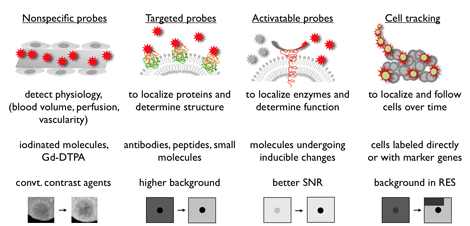
While novel biologic therapies use biological mechanisms such as blockage of specific kinases, current imaging methods to evaluate molecular endpoints of therapies with CT or MRI rely still on the administration of nonspecific contrast agents. Imaging agents capable of revealing the biological functions of their targets will significantly improve our ability to diagnose disease and monitor novel therapies. Such activatable or “smart” imaging agents are transformed into their active, signal-producing state only upon interacting with their target. This work was published in Nature Medicine.
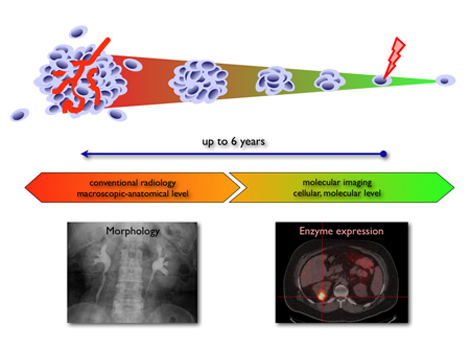
This considerably reduces nonspecific background signal and represents a higher level of probe sophistication compared to targeted agents alone, which indicate the presence of their target but do not deliver any information about the biologic activity. Multimodality imaging allows us to utilize the same imaging agent with different imaging modalities, which increases the versatility of such agents.
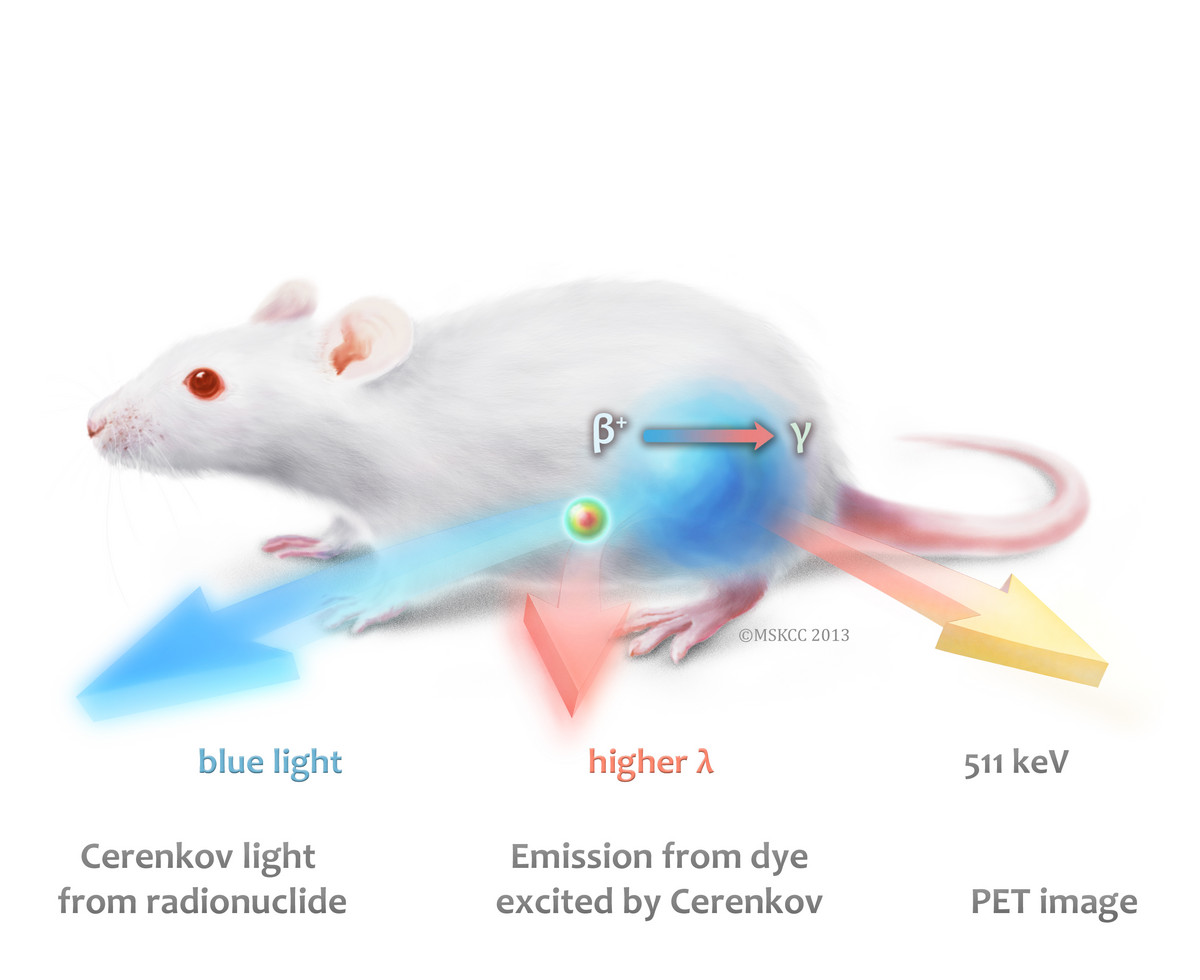
We recently created a new imaging approach called SCIFI (Secondary Cerenkov-induced Fluorescence Imaging), where the Cerenkov emission from radiotracers is utilized to activate an independent fluorescent agent to interrogate disease signatures with multimodality imaging, including enzymatic activity or surface expression of antigens. Thus, three signals can be acquired.
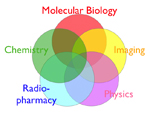
Molecular imaging not only aims to detect diseases earlier and more specifically, it also aids in drug development. Novel drugs are increasingly geared toward affecting only specific proteins, e.g., to inhibit activated oncogenic kinases (biologicals). An imaging agent based on such a biological drug has the potential to indicate noninvasively if the target protein is actually present and, once therapy is initiated, to monitor the therapy with the very same imaging agent. This provides an important step toward personalized medicine, tailoring treatment to the specific needs of the patient. This is also relevant in pharmaceutical development of drugs, as such approaches allow better evaluation of the potential of a drug candidate.
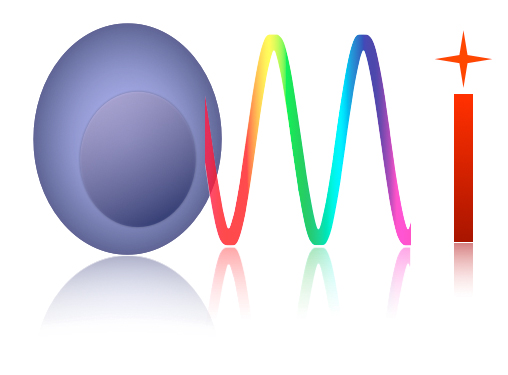
Since the lab is situated at the intersection of various disciplines, including molecular biology, chemistry (organic and inorganic), physics, radiopharmacy, and imaging, the lab is open to a wide variety of specialists interested in interdisciplinary research. We understand molecular imaging as an interdisciplinary approach that combines the knowledge of different fields to create innovative and unique new agents for various imaging applications. Consequently, we are involved in several collaborations with other laboratories in the US and abroad.